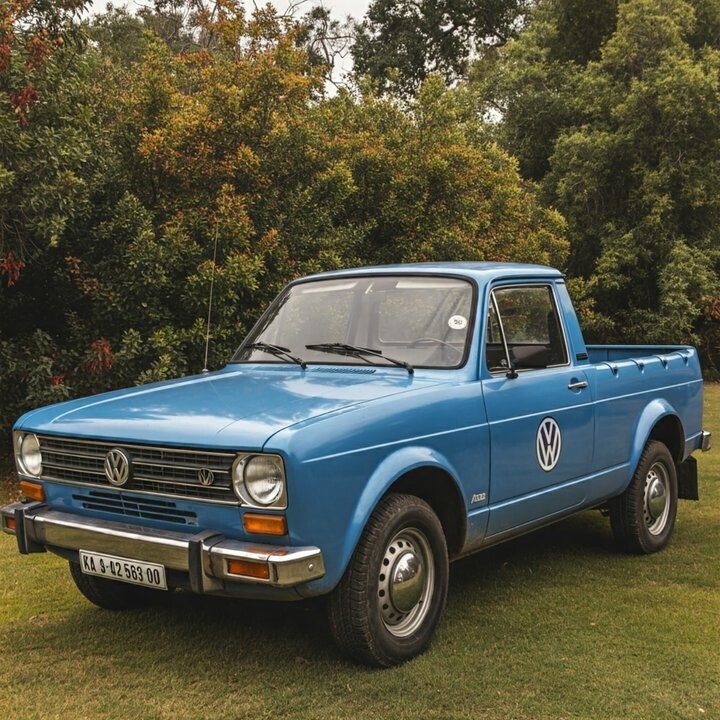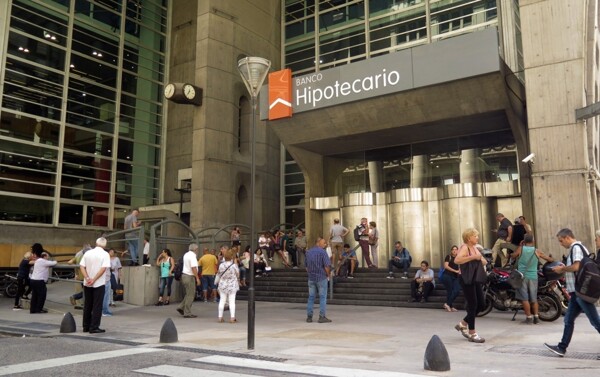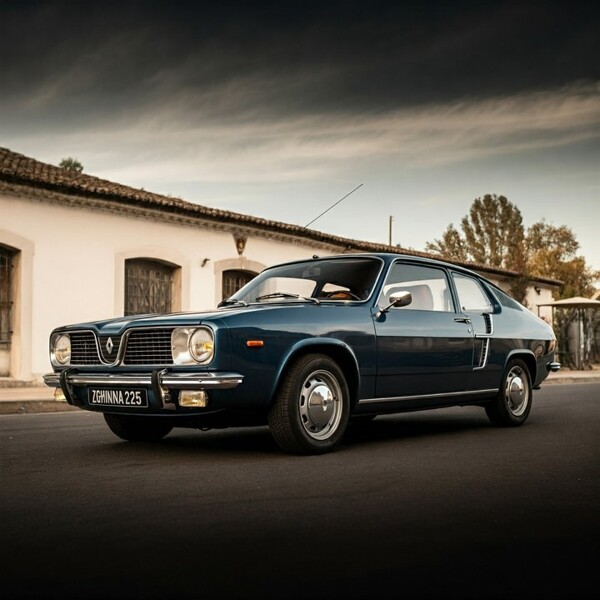
In the Argentine pick-up market of the 1960s, an iconic vintage model was the Amarok of 1967. This vehicle represented much more austere comfort compared to today's standards, as it lacked power steering and ABS brakes. Features like these, which are common today, were not available in that version.
Imagining how the Amarok would have been if it had been manufactured in Argentina six decades ago, one thinks of a rustic and functional vehicle designed to tackle difficult terrains with the technological limitations of the time. Through artificial intelligence, it explores how this iconic truck would be adapted to the design and mechanics of 1967.
With a retro and robust design tailored to the style of the 1960s, this hypothetical version of the Amarok would exhibit a simpler and more functional aesthetic, with straight lines and fewer aerodynamic details. The typical round headlights of the time would replace modern LED headlights, and the chrome steel bumpers would give the vehicle a more durable and robust look.
Regarding the mechanics, as there were no hybrid or electric engines in 1967, this version of the Volkswagen Amarok would have a four-cylinder internal combustion engine, or possibly a six-cylinder one, suitable for a medium-duty pick-up of that era. The drivetrain could be either two-wheel or four-wheel drive, with a manual transmission and an optional 4x4 for complicated terrains, although without today’s advanced technologies.
In terms of fuel consumption, like other vehicles of the time, the efficiency would be significantly lower than that of modern pick-ups due to the less advanced engine technology. Inside, the equipment would be basic and would lack digital technology, with an analog dashboard, synthetic leather seats, and no touch screens or infotainment systems, reflecting the features of the manufacturing period.













